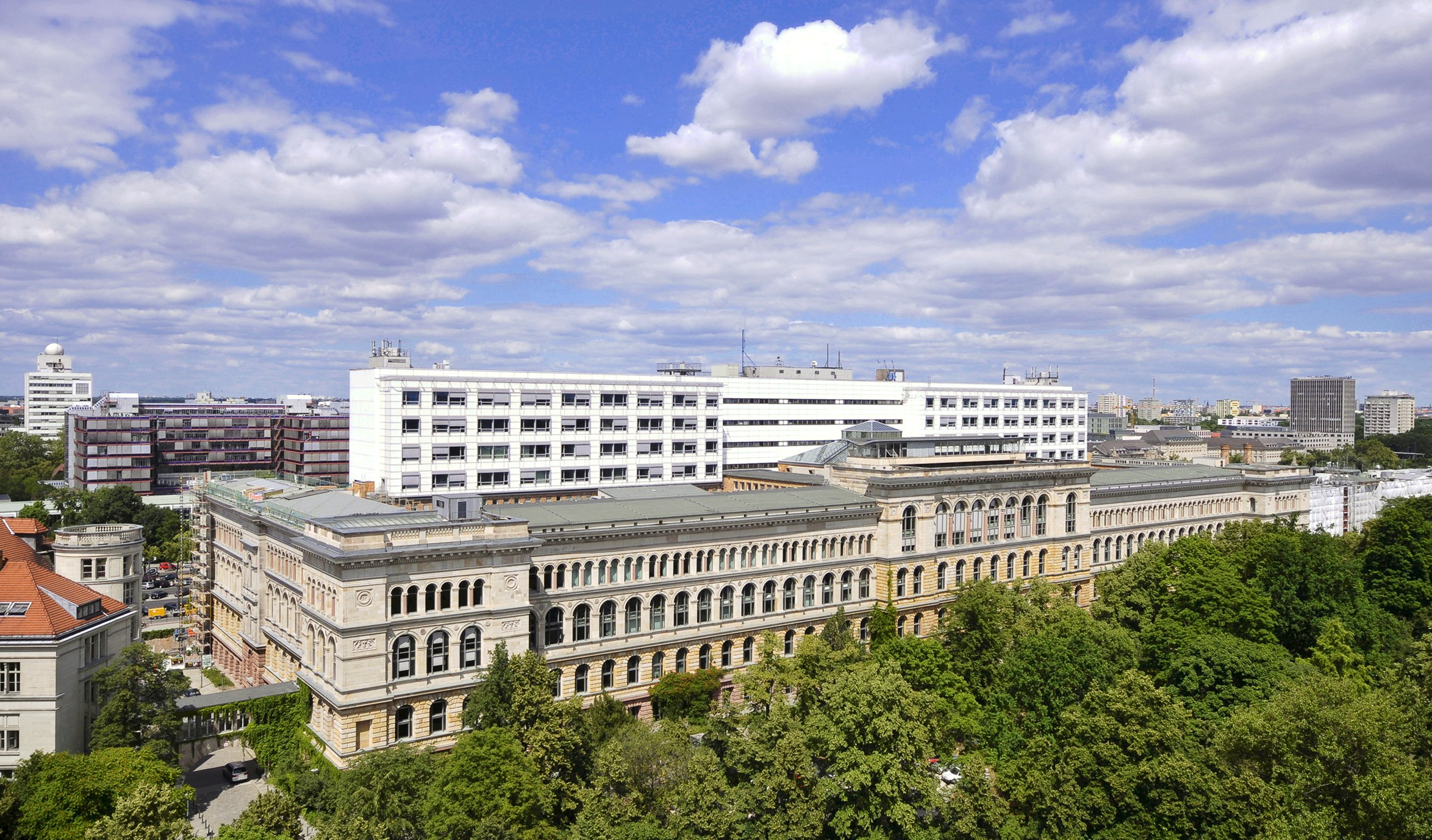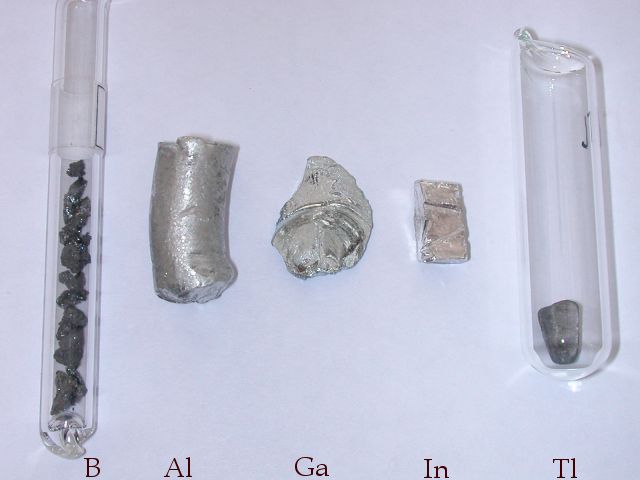|
Simon Aldridge
Simon Aldridge FRS is a British chemist specialising in inorganic chemistry, with a particular focus on the chemistry of main group elements. He is currently a Professor of Chemistry at the University of Oxford and a Fellow and Tutor in Inorganic Chemistry at The Queen’s College, Oxford. His research has significantly contributed to the field of main group chemistry. Aldridge has been recognised with several awards, including a Fellowship of the Royal Society (FRS) in 2024. Early life and education Aldridge was born in Shrewsbury, United Kingdom. He studied chemistry at Jesus College, University of Oxford, earning a Bachelor of Arts degree with first-class honours in 1992. He went on to complete a Doctor of Philosophy (DPhil) in Inorganic Chemistry at Oxford in 1996, under the supervision of A.J. Downs. His doctoral thesis focused on the chemistry of volatile compounds of main group elements. Academic career Aldridge began his academic career as a Post-doctoral Associate a ... [...More Info...] [...Related Items...] OR: [Wikipedia] [Google] [Baidu] |
Chemist
A chemist (from Greek ''chēm(ía)'' alchemy; replacing ''chymist'' from Medieval Latin ''alchemist'') is a graduated scientist trained in the study of chemistry, or an officially enrolled student in the field. Chemists study the composition of matter and its properties. Chemists carefully describe the properties they study in terms of quantities, with detail on the level of molecules and their component atoms. Chemists carefully measure substance proportions, chemical reaction rates, and other chemical properties. In Commonwealth English, pharmacists are often called chemists. Chemists use their knowledge to learn the composition and properties of unfamiliar substances, as well as to reproduce and synthesize large quantities of useful naturally occurring substances and create new artificial substances and useful processes. Chemists may specialize in any number of Chemistry#Subdisciplines, subdisciplines of chemistry. Materials science, Materials scientists and metallurgists sha ... [...More Info...] [...Related Items...] OR: [Wikipedia] [Google] [Baidu] |
Angewandte Chemie
''Angewandte Chemie'' (, meaning "Applied Chemistry") is a weekly peer-reviewed scientific journal that is published by Wiley-VCH on behalf of the German Chemical Society (Gesellschaft Deutscher Chemiker). Publishing formats include feature-length reviews, short highlights, research communications, minireviews, essays, book reviews, meeting reviews, correspondences, corrections, and obituaries. This journal contains review articles covering all aspects of chemistry. According to the ''Journal Citation Reports'', the journal had a 2023 impact factor of 16.1. Editions The journal appears in two editions with separate volume and page numbering: a German edition, ''Angewandte Chemie'', and a fully English-language edition, ''Angewandte Chemie International Edition''. The editions are identical in content with the exception of occasional reviews of German-language books or German translations of IUPAC recommendations. Publication history In 1887, Ferdinand Fischer established the '' ... [...More Info...] [...Related Items...] OR: [Wikipedia] [Google] [Baidu] |
Living People
Purpose: Because living persons may suffer personal harm from inappropriate information, we should watch their articles carefully. By adding an article to this category, it marks them with a notice about sources whenever someone tries to edit them, to remind them of WP:BLP (biographies of living persons) policy that these articles must maintain a neutral point of view, maintain factual accuracy, and be properly sourced. Recent changes to these articles are listed on Special:RecentChangesLinked/Living people. Organization: This category should not be sub-categorized. Entries are generally sorted by family name In many societies, a surname, family name, or last name is the mostly hereditary portion of one's personal name that indicates one's family. It is typically combined with a given name to form the full name of a person, although several give .... Maintenance: Individuals of advanced age (over 90), for whom there has been no new documentation in the last ten ... [...More Info...] [...Related Items...] OR: [Wikipedia] [Google] [Baidu] |
Hong Kong Baptist University
Hong Kong Baptist University (HKBU) is a public Liberal arts education, liberal arts university with a Christian ethics, Christian education heritage in Kowloon Tong, Kowloon, Hong Kong. The university was established as Hong Kong Baptist College with the support of American Baptists, who provided both operating and construction funds and personnel to the school in its early years. It became a public college in 1983. It became Hong Kong Baptist University in 1994. HKBU has five main campuses: Ho Sin Hang Campus (1966), Shaw Campus (1995), Baptist University Road Campus (1998), RAF Kai Tak, Kai Tak Campus (2005), and Shek Mun Campus (2006) for the College of International Education and the Hong Kong Baptist University Affiliated School Wong Kam Fai Secondary and Primary School. The first three campuses are located in the urban heart of Kowloon Tsai, while the Kai Tak Campus is located on Kwun Tong Road and the Shek Mun Campus in the Shek Mun area of Sha Tin District near She ... [...More Info...] [...Related Items...] OR: [Wikipedia] [Google] [Baidu] |
Monash University
Monash University () is a public university, public research university based in Melbourne, Victoria (state), Victoria, Australia. Named after World War I general Sir John Monash, it was founded in 1958 and is the second oldest university in the state. The university has a number of campuses, four of which are in Victoria (Monash University, Clayton campus, Clayton, Monash University, Caulfield campus, Caulfield, Monash University, Peninsula campus, Peninsula, and Monash University, Parkville Campus, Parkville), one in Monash University Malaysia Campus, Malaysia and another one in Indonesia. Monash also owns landed property, land (3.6 hectares) in Notting Hill, Victoria, Notting Hill, opposite its Clayton campus. Monash has a research and teaching centre in Monash University, Prato Centre, Prato, Italy, a graduate research school in IITB-Monash Research Academy, Mumbai, India and graduate schools in Southeast University-Monash University Joint Graduate School, Suzhou, China and T ... [...More Info...] [...Related Items...] OR: [Wikipedia] [Google] [Baidu] |
Technische Universität Berlin
(TU Berlin; also known as Berlin Institute of Technology and Technical University of Berlin, although officially the name should not be translated) is a public university, public research university located in Berlin, Germany. It was the first German university to adopt the name "Technische Universität" (university of technology). The university alumni and staff includes several United States National Academies, US National Academies members, two National Medal of Science laureates, the creator of the first fully functional programmable (electromechanical) computer, Konrad Zuse, and ten Nobel Prize laureates. TU Berlin is a member of TU9, an incorporated society of the largest and most notable German institutes of technology and of the Top International Managers in Engineering network, which allows for student exchanges between leading engineering schools. It belongs to the Conference of European Schools for Advanced Engineering Education and Research. The TU Berlin is home of ... [...More Info...] [...Related Items...] OR: [Wikipedia] [Google] [Baidu] |
Fellow Of The Royal Society
Fellowship of the Royal Society (FRS, ForMemRS and HonFRS) is an award granted by the Fellows of the Royal Society of London to individuals who have made a "substantial contribution to the improvement of natural science, natural knowledge, including mathematics, engineering science, and medical science". Overview Fellowship of the Society, the oldest known scientific academy in continuous existence, is a significant honour. It has been awarded to :Fellows of the Royal Society, around 8,000 fellows, including eminent scientists Isaac Newton (1672), Benjamin Franklin (1756), Charles Babbage (1816), Michael Faraday (1824), Charles Darwin (1839), Ernest Rutherford (1903), Srinivasa Ramanujan (1918), Jagadish Chandra Bose (1920), Albert Einstein (1921), Paul Dirac (1930), Subrahmanyan Chandrasekhar (1944), Prasanta Chandra Mahalanobis (1945), Dorothy Hodgkin (1947), Alan Turing (1951), Lise Meitner (1955), Satyendra Nath Bose (1958), and Francis Crick (1959). More recently, fellow ... [...More Info...] [...Related Items...] OR: [Wikipedia] [Google] [Baidu] |
Alexander Von Humboldt Foundation
The Alexander von Humboldt Foundation () is a foundation that promotes international academic cooperation between scientists and scholars from Germany and abroad. Established by the government of the Federal Republic of Germany, it is funded by the Federal Foreign Office, the Federal Ministry of Education and Research, the Federal Ministry for Economic Cooperation and Development, and other national and international partners. Description Annually, the Foundation grants over 700 competitive research fellowships and awards, primarily to academics in the natural sciences, mathematics and the humanities. These enable scientists and scholars from around the world to conduct research in Germany, collaborating with a host and partner of their choosing. In addition, the Foundation funds German scholars through the Feodor Lynen Fellowships, allowing them to pursue research projects worldwide with a host and partner who must have previously held an Alexander von Humboldt fellowship. Th ... [...More Info...] [...Related Items...] OR: [Wikipedia] [Google] [Baidu] |
Humboldt Research Award
The Humboldt Research Award (), also known informally as the Humboldt Prize, is an award given by the Alexander von Humboldt Foundation of Germany to internationally renowned scientists and scholars who work outside of Germany in recognition of their lifetime's research achievements. Recipients are "academics whose fundamental discoveries, new theories or insights have had a significant impact on their own discipline and who are expected to continue producing cutting-edge academic achievements in the future". The prize is currently valued at €60,000 with the possibility of further support during the prize winner's life. Up to one hundred such awards are granted each year. Nominations must be submitted by established academics in Germany. As of 2023, over 2,000 awards have been granted. The award is named after the Prussian naturalist and explorer Alexander von Humboldt. Andreas W. Daum, ''Alexander von Humboldt: A Concise Biography''. Trans. Robert Savage. Princeton, N.J.: Princ ... [...More Info...] [...Related Items...] OR: [Wikipedia] [Google] [Baidu] |
Royal Society Of Chemistry
The Royal Society of Chemistry (RSC) is a learned society and professional association in the United Kingdom with the goal of "advancing the chemistry, chemical sciences". It was formed in 1980 from the amalgamation of the Chemical Society, the Royal Institute of Chemistry, the Faraday Society, and the Society for Analytical Chemistry with a new Royal Charter and the dual role of learned society and professional body. At its inception, the Society had a combined membership of 49,000 in the world. The headquarters of the Society are at Burlington House, Piccadilly, London. It also has offices in Thomas Graham House in Cambridge (named after Thomas Graham (chemist), Thomas Graham, the first president of the Chemical Society) where ''RSC Publishing'' is based. The Society has offices in the United States, on the campuses of The University of Pennsylvania and Drexel University, at the University City Science Center in Philadelphia, Pennsylvania, in both Beijing and Shanghai, People' ... [...More Info...] [...Related Items...] OR: [Wikipedia] [Google] [Baidu] |
Boron Group
The boron group are the chemical elements in periodic table group, group 13 of the periodic table, consisting of boron (B), aluminium (Al), gallium (Ga), indium (In), thallium (Tl) and nihonium (Nh). This group lies in the p-block of the periodic table. The elements in the boron group are characterized by having three valence electrons. These elements have also been referred to as the triels. Several group 13 elements have biological roles in the ecosystem. Boron is a trace element in humans and is essential for some plants. Lack of boron can lead to stunted plant growth, while an excess can also cause harm by inhibiting growth. Aluminium has neither a biological role nor significant toxicity and is considered safe. Indium and gallium can stimulate metabolism; gallium is credited with the ability to bind itself to iron proteins. Thallium is highly toxic, interfering with the function of numerous vital enzymes, and has seen use as a pesticide. Characteristics Like other groups, ... [...More Info...] [...Related Items...] OR: [Wikipedia] [Google] [Baidu] |
Stannylene
Stannylenes (R2Sn:) are a class of organotin(II) compounds that are analogues of carbene. Unlike carbene, which usually has a triplet ground state, stannylenes have a singlet ground state since valence orbitals of tin (Sn) have less tendency to form hybrid orbitals and thus the electrons in 5s orbital are still paired up. Free stannylenes are stabilized by steric protection. Adducts with Lewis bases are also known. History The first persistent stannylene, Me3Si)2CHsub>2Sn, was reported by Michael F. Lappert in 1973. Lappert used the same synthetic approach to synthesize the first diamidostannylene Me3Si)2Nsub>2Sn in 1974. The short-lived, transient stannylene Me2Sn has been generated by thermolysis of ''cyclo''-(Me2Sn)6. Synthesis and characterization Persistent stannylene Most alkyl stannylenes have been synthesized by alkylation of tin(II) dihalides with organolithium reagents. For example, the first stannylene, Me3Si)2CHsub>2Sn, was synthesized using (Me3Si)2CHLi and SnC ... [...More Info...] [...Related Items...] OR: [Wikipedia] [Google] [Baidu] |






